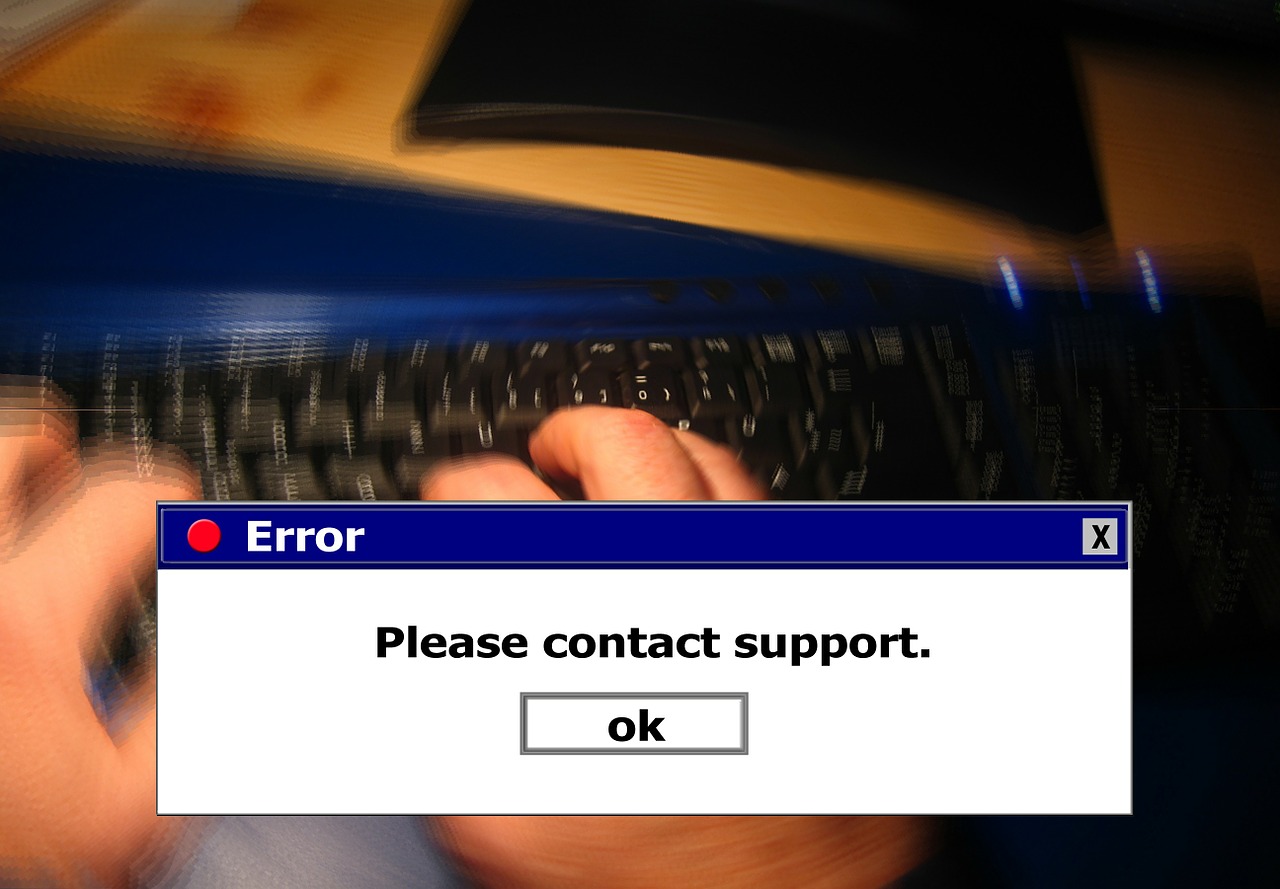
What can you do to keep your systems up and running consistently? How can you ensure business continuity? For many companies, a server crash means extended server downtime, high stress, lost business opportunities, and idle employees.
A server might crash for many reasons. However, you should still take preventive measures to ensure it does not happen. Let’s take a look at the most critical downtime-prevention strategies.
Highly-Scalable Hardware Architectures With Load-Balancing
You have to properly scale your data processing if you want to be productive. Start using load-balancing: an alternative node will handle requests when the primary node is not available or performing several tasks.
Server downtime is an adverse event even though it is planned as it reduces your productivity. To avoid this, balance your loads and make your backend as scalable as possible.
Frequently Monitor Your Servers
You need to stay on top of your server’s performance to see what might cause the server to malfunction before it happens. Monitoring your server helps you react quickly when it crashes and get it back online as soon as possible.
Some monitoring tools will trigger alarms if your server’s performance is outside the established thresholds in real time. Aside from continually monitoring server loads, disable sites that abuse server resources to minimize subsequent performance strain. It is also important to check and see if your servers are fully patched.
Maintain A Cool Environment
Servers are the center of operations. So in order to prevent system failure, you need proper maintenance and setup. Excessive heat can cause havoc among business servers. If you do not give adequate attention to your IT room, the temperature combined with the heat created from the machines can literally destroy your system server.
To avoid this, you can create an ample airflow by maximizing space. Remove clutter, reduce the number of servers per room and line them up in a row as the heat is generally released out the back.
Temperature is as essential as airflow. Buy a server A/C or a rack with a built-in cooling system to keep the temperature below 77 degrees.
Keep your doors to the server room closed at all times, to prevent dust from entering and accumulating on the servers.
Keep A Maintenance Checklist
A checklist helps those responsible for keeping the server on track. There are many templates for server maintenance checklists on the Internet that includes daily, weekly and monthly tasks that have to be performed to keep your server operating at peak efficiency and stability.
Get Your Free Database Evaluation Today
Getting started is simple. Click the button below to request your free one-hour database assessment from the DBA experts at Soaring Eagle Consulting®.


